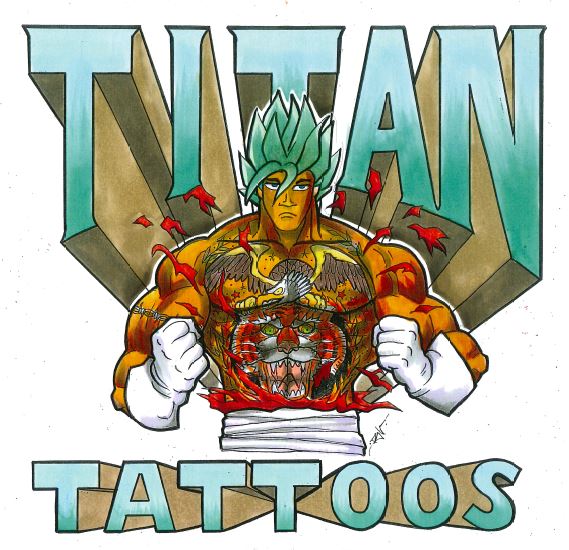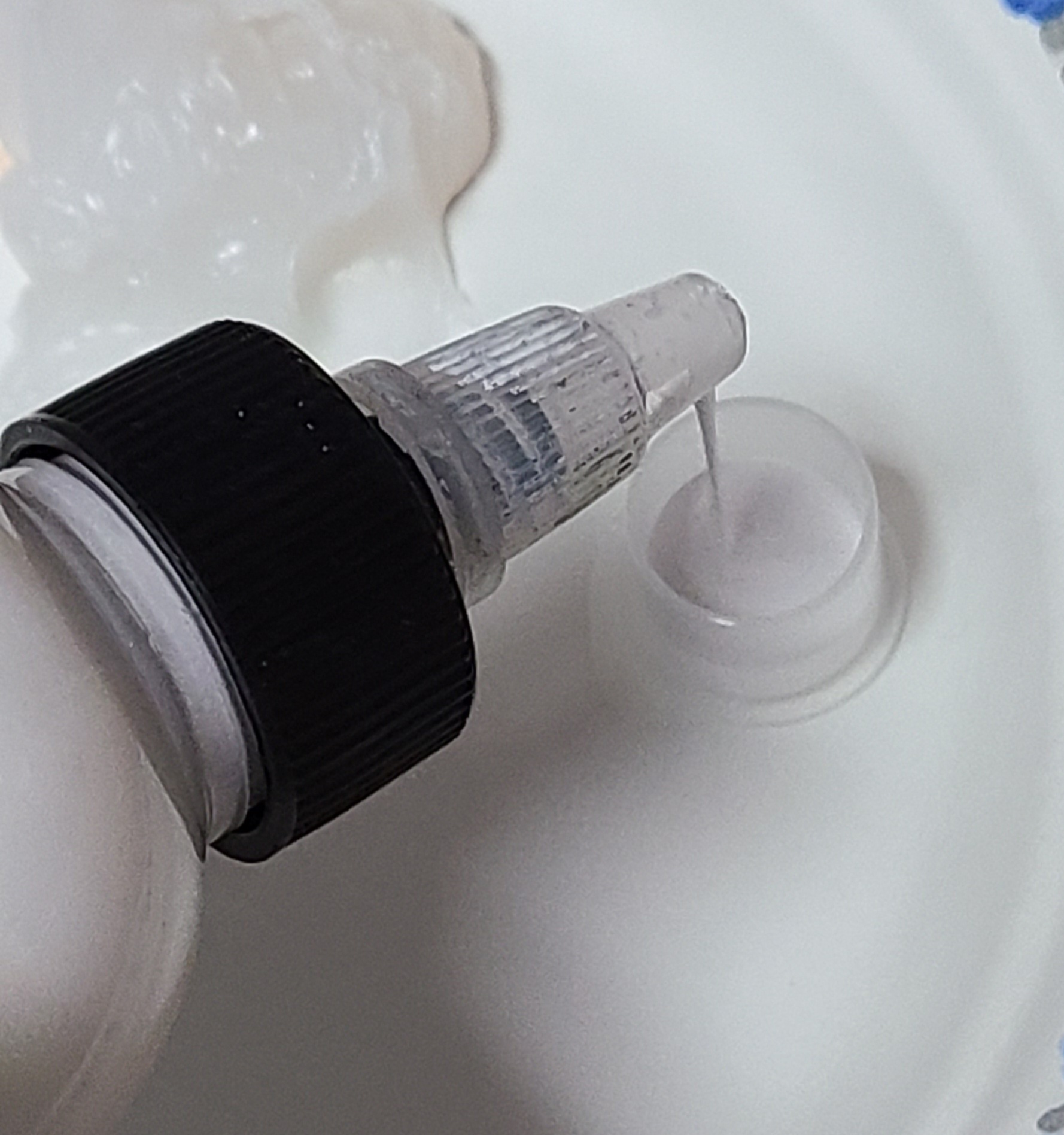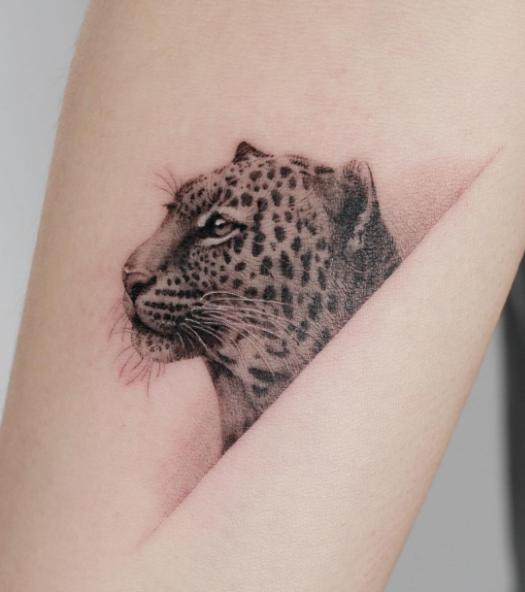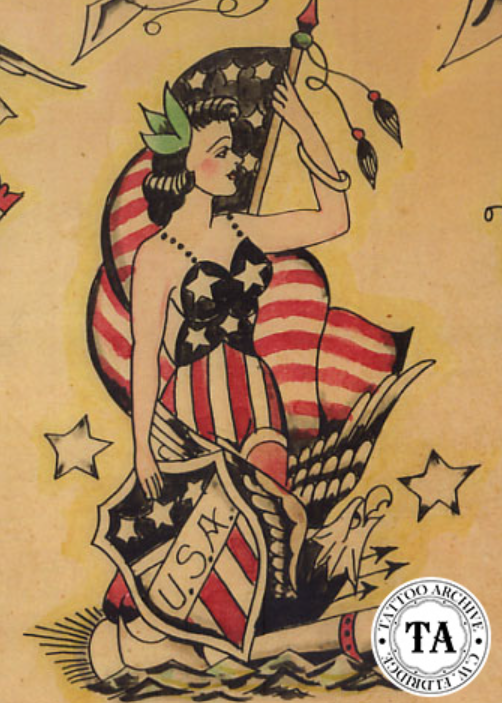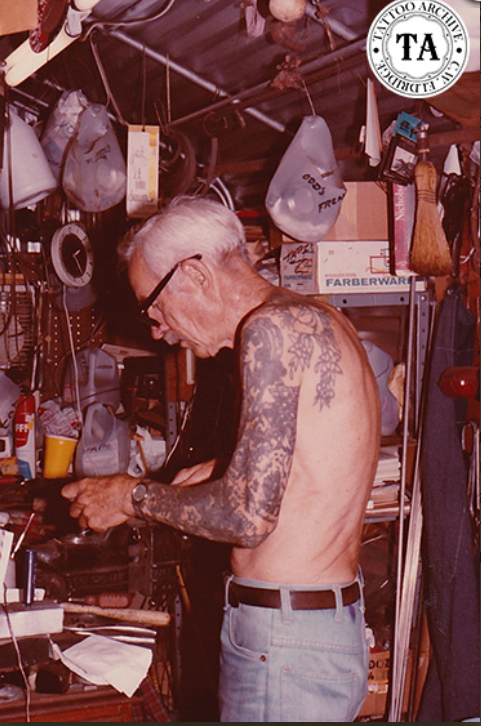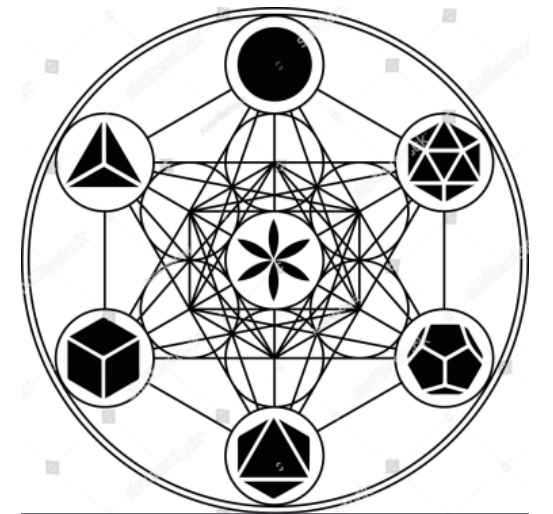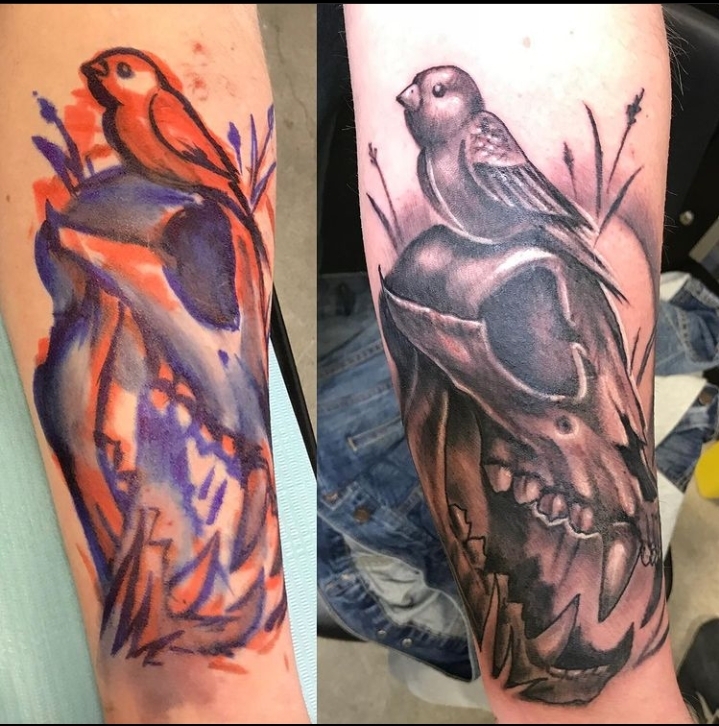Maori Tattoos
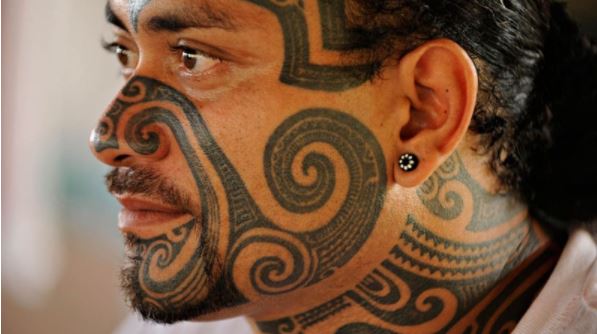
Tā moko or moko for short is tattooing that is exclusive to New Zealand indigenous peoples, called the Maori. It’s an important part of their culture, not just a tattoo style. In modern tattooing some people have gotten these types of tattoos just aesthetically, with none of the cultural significance; in this context these designs are alternatively called kirituhi, which translates to skin art. To be considered traditional Tā Moko that tattoos need to be done on Maori people by Maori people.
Tā Moko has a somewhat tribal (in the sense of the style) look. Rather than the images we’re familiar with in most modern tattooing, the tattoos are composed of geometric designs and heavy black work. They’re unique though, in how they can curve and swirl. In their history Tā Moko has been used to identify and connect the Maori with their specific ancestry, called their whakapapa. It was a cultural representation of personal history. Today it has more uses, one of which is kirituhi. These can be used to represent things like family, prosperity, and strength. A big distinction between these is placement. Kirithui is usually done on the arms and legs to stay respectful. In Maori culture the head of a person is sacred, the tattoos placed on their face and head have special significance that are reserved for Tā Moko.
Maori women traditionally get their Tā Moko on their lips, chin, and throats. Maori men traditionally get their Moko on their face, bums, and thighs. Still done but less commonly, Moko can also be done on their foreheads, backs, necks, and thighs.

Before there were settlers in New Zealand the traditional way of tattooing was to carve the designs into the skin using a small rake like instrument made of teeth or bone. Then a flat edged blade was used to tap the ink into the ruts, creating a sort of scarification tattoo that would be more raised than a tattoo you would see today. With the colonization of New Zealand and the progress of the tattoo industry, Maori typically use tattoo machines, though doing it the traditional way is not unheard of. Tattooing in the traditional way is very empowering to these types of cultures that have experienced colonization and lost parts of the culture. Many Asian cultural tattooing has also made a resurgence in using traditional techniques to apply the tattoos, it is a very reaffirming process to many like Damaris Coulter (NgāPuhi, Ngāti Kahu) she says:
I wanted some armour and I wanted something that represented what I wanted was trying to do and I wanted to do it in [this] way because that’s the original way I wanted to earn it.
Using the hand tools in any of these cultural tattoos is often more ritualistic for the tattooer and receiver. In history, Moko pigment was made of soot from burning down white pine and often mixing it with kauri gum, extracted from an oily shrub called koromiko.
Tā moko design itself has a lot of meaning. The main lines done in a Moko tattoo are called manawa, meaning heart, these are your ‘life lines.’ The sub lines, lines coming off the heart line are called main korus and are used to represent people and ancestry that is important to the individual. The theory behind the korus lines are like the new growth spurts on New Zealand ferns and the new life that they represent to the Maori. New Zealand Tattoo posted some common filler and meanings in these tattoos that I want to include:


There is a Maroi woman going around tik tok right now who is facing a lot of scrutiny around her chin tattoo. In the western world these kinds of tattoos may be shocking to us, seeing such strong black work can be shocking at first. Tattooing in other cultures though (especially with Maori face tattoos) don’t have the implications in their context like the negative views of face tattoos that the western world has. The Indigenous Science network interviewed Mark Kopua and I think really puts it into context well:
It’s so important that we take these types of tattoo that are heavy in cultural significance in the context that they belong in. The Maori have such a unique style of tattooing, I love to see the different ways that tattoos are used in different cultures.
Sources:
- https://www.newzealand.com/ca/feature/ta-moko-maori-tattoo/
- https://www.zealandtattoo.co.nz/tattoo-styles/maori-tattoo/
- https://www.teaomaori.news/reviving-traditional-tools-ta-moko
- https://www.cnn.com/style/article/moko-facial-tattoo-nanaia-mahuta/index.html









































































